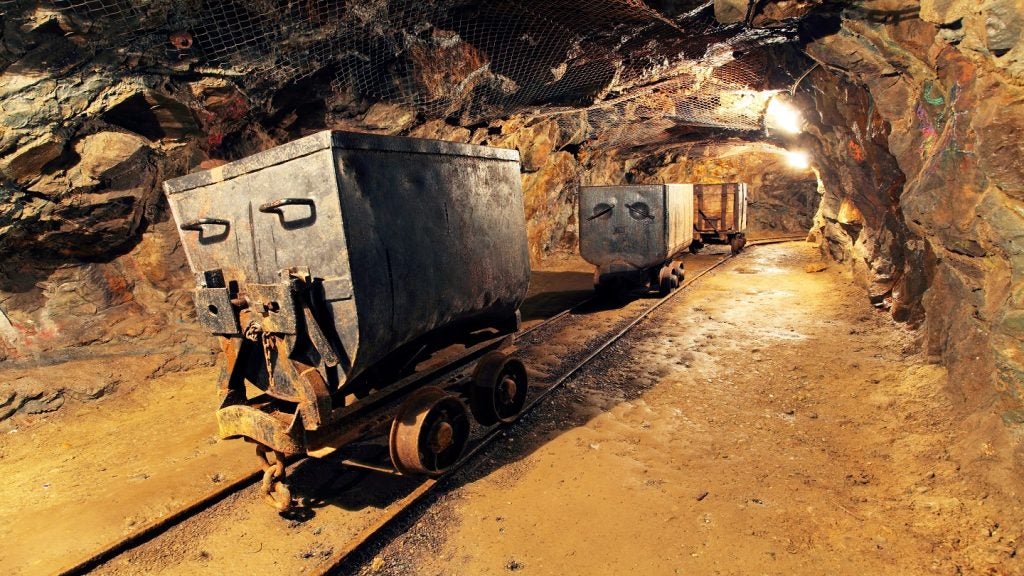

In May, it was announced that, after 117 years of setting the global benchmark for spot silver prices, the London silver ‘fix’ would cease to operate beyond 14 August.
Deutsche Bank’s decision to resign its seat on both the London gold and silver fixes – having first tried, unsuccessfully, to find a buyer – effectively meant that, with only two participants left, HSBC Holdings and Bank of Nova Scotia, the existing fixing arrangement could no longer function properly.
It left the sector with two pressing questions; what would replace it, and how might silver prices fare in the future?
New price mechanism
The first of those has now been answered. After two market surveys, a seminar and multiple meetings with market participants, solution providers and regulators, the London Bullion Market Association (LMBA) identified a clear consensus in favour of a proposal put forward by CME Group and Thomson Reuter, and on 11 July, it was officially declared the replacement.
See Also:
This new London Silver Price mechanism is electronic, auction-based and transparently auditable – criteria was set by market participants themselves in response to the first LMBA survey. In addition, it is tradable, with an increased number of direct participants. CME Group is to provide the price platform and methodology, while Thomson Reuters will provide administration and governance, with the LBMA developing the necessary accreditation process.
How well do you really know your competitors?
Access the most comprehensive Company Profiles on the market, powered by GlobalData. Save hours of research. Gain competitive edge.

Thank you!
Your download email will arrive shortly
Not ready to buy yet? Download a free sample
We are confident about the unique quality of our Company Profiles. However, we want you to make the most beneficial decision for your business, so we offer a free sample that you can download by submitting the below form
By GlobalDataWith Australia’s mining boom now over, companies are shifting their focus from capital expenditure to capital efficiency.
In a statement announcing the new mechanism, LBMA chief executive, Ruth Crowell, said that they were working to implement the new solution in time for testing in early August, ahead of going live on the 15th.
Seismic shifts
Answering the second question is inevitably less straightforward, not least because, as Ross Norman, CEO of London bullion brokers, Sharps Pixley, explains, this is a period of significant upheaval, and many things are changing.
"We are going through several seismic shifts, all at the same time, within the precious metals markets," Norman says, pointing to regulatory changes, the migration of banks out of the sector and the allied rise of non-banks, and the transition of markets from western-centric and paper, to eastern-centric and physical.
"It’s quite extraordinary, the scale of the change that is going on," he says.
Inflationary fears
Nor is that turmoil solely confined to the markets themselves. Independent financial adviser, Maryem Farriere, says that with inflation outstripping interest rates across the western world, many smaller investors have been drawn to silver as a hedge against devaluing savings.
"In addition, the European Central Bank’s policy to stimulate growth in the Eurozone – effectively putting the deposit rate on the floor to force banks to lend – removes deflationary threats, but that in turn increases the fear of inflation and so further drives wider interest in silver and other precious metals," Farriere says.
Rising prices
The real question is, of course, whether that will be translated into rising prices, and it seems a growing number of commentators feel that it will. Norman says that Sharps Pixley expect to see silver record "a relatively modest 8% gain on the year", while Dr. Steve Sjuggerud, editor of investment advisory True Wealth, told its subscribers in June that now was "the best opportunity to buy silver in over a decade" – and possibly in their lifetimes. He points to two of the last three times silver had bottomed out as heavily as it has recently – in 1997 and 2003 – when prices then subsequently doubled within a year.
Silver has certainly been moving in 2014, but at the front end of the year there was little real momentum or certainty of direction, with prices ebbing and flowing through big gains in February to corresponding falls in April. June, however, saw the rises begin again, and so far at least, silver seems to be largely defying its traditional summer seasonal dip in demand, with prices to mid-July up for six weeks in a row, before falling back slightly. It has led some to speculate on a slow but broadly upward trend continuing into the autumn, followed by a steep climb to the end of the year.
Industrial demand
Whether that does happen – and just how high it might push silver if it does – remains to be seen, of course, but there are clearly a number of factors which could help drive further gains for the metal over the second half of 2014.
While Norman describes silver’s recent price volatility as making it look an unsuitable choice for the proverbially risk-averse ‘widows and orphans’, he suggests that investors will be encouraged by how well demand within the exchange-traded funds have held up, which he says underscores silver’s growing use in industrial applications.
Emerging market companies are drastically outperforming their counterparts from the developed world .
The key areas to watch, he believes, will be the growing photovoltaics market and new medical applications based on the metal’s antimicrobial properties, while a strong economic recovery would additionally boost silver demand within the electronics and brazing sectors.
Asia rising
There has already been a foretaste of that, with the emerging economies of Asia experiencing a 3% increase in industrial demand for silver last year, principally, according to the Silver Institute, as a result of China’s continued recovery in the electrical and electronics sectors, and the growth of the country’s ethylene oxide industry. Beyond that, there is the burgeoning influence of the increasingly wealthy Asian domestic markets to consider, too.
"With the middle class in China and India growing inexorably, you’ve got to believe that in those countries which have a cultural affinity for precious metals – and in India’s case, a country which is suffering from pretty high levels of inflation, running close to 8% – that precious metals, whether that’s silver or gold, will remain very much in focus," Norman says.
Golden ratio
Inevitably, however, forecasting the future performance of an asset that has shown so much volatility is not easy to do with any degree of certainty, leading some analysts to turn to the silver-gold ratio – the number of ounces of silver required to buy a single ounce of gold – for guidance. Currently, that is hovering around 60 to 1; some have advanced a historical ratio of 16:1 as the true benchmark – and that would make silver due to climb to over $80/ounce.
However, over the last 50 years that ratio has swung from around 20, to approaching 100, to one. While it would be rash to dismiss it as entirely irrelevant to today’s market environment, where its ‘real’ value lies is not exactly clear-cut – which in itself must call into question its practical use as a meaningful predictor of price.
If, as Norman puts it, silver is "altogether better behaved in 2014" by making a modest gain and maintaining its double outperformance relative to gold, he believes it will be positive for silver in the long run, and see industrial users in particular becoming less fearful of its price volatility.
That alone would undoubtedly be a good outcome, and it could potentially set 2015 up to be a very interesting year indeed for silver.


.gif)





